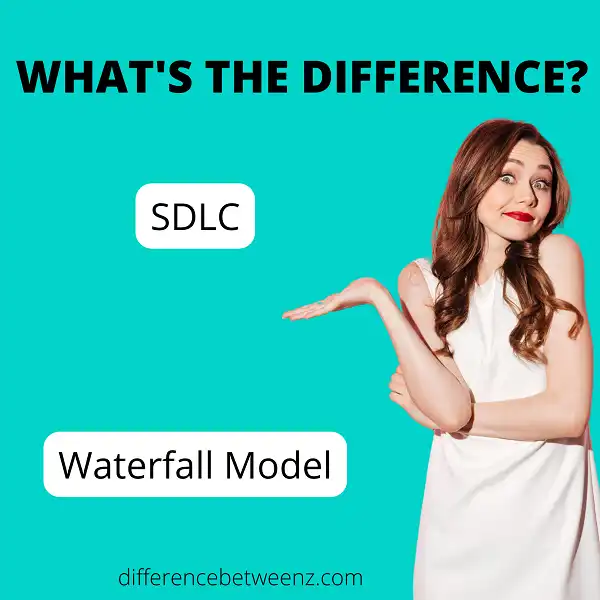The waterfall model and the SDLC are two different process models that are often used in project management. While there are some similarities between the two, there are also some key differences. In this post, we will take a closer look at both models and discuss the benefits and drawbacks of each. By understanding the differences between these two models, you can choose the one that is best suited for your project needs.
What is SDLC?
SDLC, or software development life cycle, is a process that is followed during the creation of software. SDLC outlines the various stages that are involved in creating software, from planning and requirements gathering to testing and deployment. Following SDLC helps to ensure that software is developed efficiently and effectively. SDLC can be used with both waterfall and agile methodology. waterfall methodology, SDLC is typically divided into six distinct phases: planning, requirements gathering, design, implementation, testing, and deployment. In contrast, agile methodology emphasizes a more iterative approach, with multiple cycles of planning, development, and testing. Regardless of which methodology is used, SDLC provides a framework for developing high-quality software.
What is Waterfall Model?
Waterfall Model is a widely used software development life cycle model. In Waterfall, each phase must be completed before the next phase can begin and there is no overlapping in the phases. The waterfall model is easy to understand and use. So, Waterfall is popular for small projects where requirements are very well understood. The Waterfall model was first introduced by Winston W. Royce in 1970. Waterfall Model is also known as a Linear Sequential Life Cycle Model. It is an old model which was introduced even before Agile or DevOps were heard of.
The Waterfall methodology is easy to apply and its sequential approach helps delivered the project on time without any surprises as every phase of the waterfall model is well documented in detail before starting the next stage. When requirements are very clear, the waterfall model can be used very effectively. However, the main disadvantage of the waterfall model is that it does not allow for much flexibility and changes cannot be made easier once the project has started as it moves sequentially from one stage to another in a linear fashion.
Difference between SDLC and Waterfall Model
SDLC and Waterfall Model are two different approaches to the software development life cycle. SDLC is more focused on the process of software development, while Waterfall Model is more focused on product development. SDLC consists of six phases: requirements gathering, design, coding, testing, deployment, and maintenance. Waterfall Model consists of five phases: requirements gathering, design, coding, testing, and deployment. SDLC is more flexible and allows for more iterations during the software development process. Waterfall Model is more linear, and each phase must be completed before moving on to the next phase. SDLC is more suited for large projects with complex requirements, while Waterfall Model is more suited for small projects with well-defined requirements.
Conclusion
While the waterfall model is still used in some industries, it has largely been replaced by the SDLC methodology. The waterfall model is a sequential design process that moves from one stage to another in a linear fashion, while the SDLC is an iterative approach that allows for feedback and changes at each stage. If you are still using the waterfall model in your business, it may be time to consider making the switch to SDLC.


